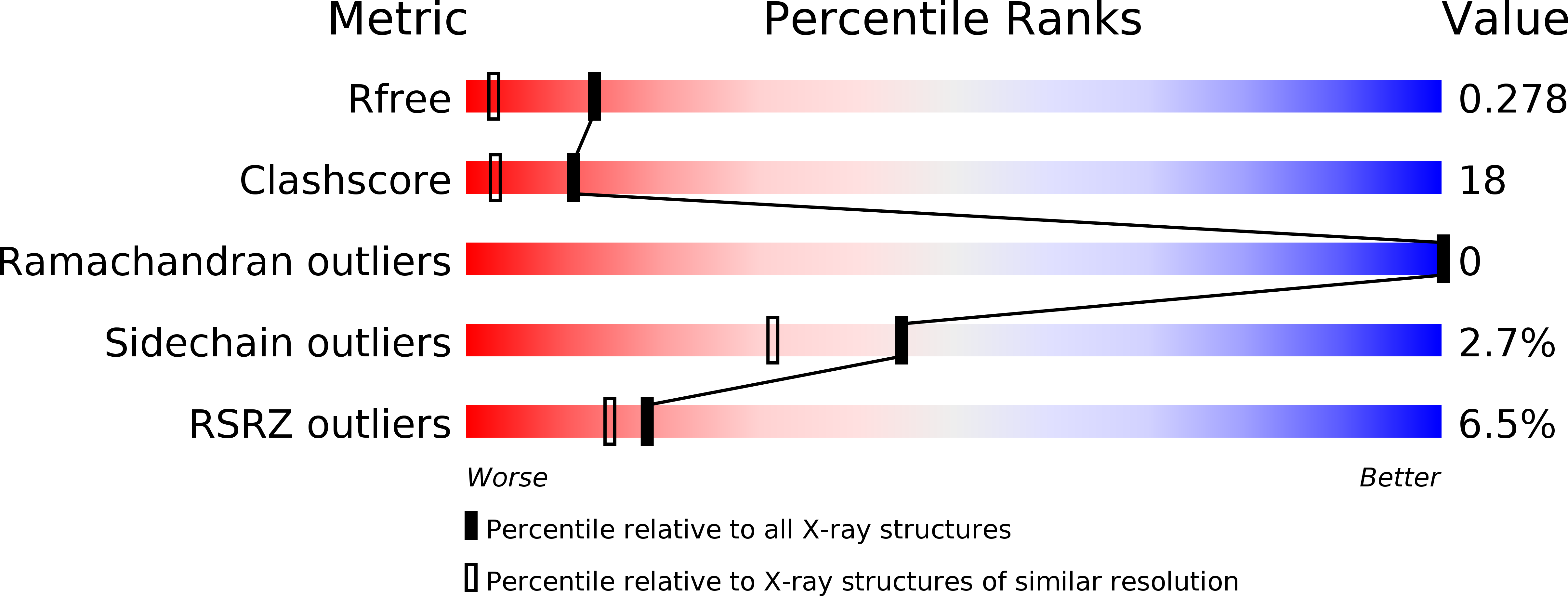
Deposition Date
2007-11-13
Release Date
2008-05-27
Last Version Date
2024-03-13
Entry Detail
PDB ID:
2ZCU
Keywords:
Title:
Crystal structure of a new type of NADPH-dependent quinone oxidoreductase (QOR2) from escherichia coli
Biological Source:
Source Organism:
ESCHERICHIA COLI (Taxon ID: )
Host Organism:
Method Details:
Experimental Method:
Resolution:
1.80 Å
R-Value Free:
0.27
R-Value Work:
0.23
R-Value Observed:
0.23
Space Group:
P 32 2 1


